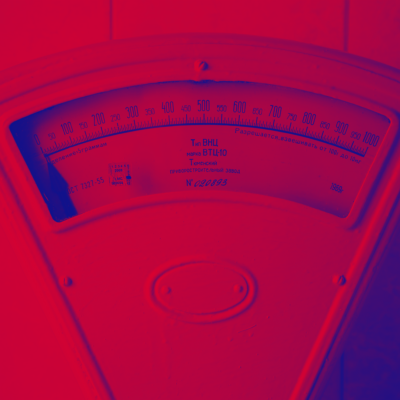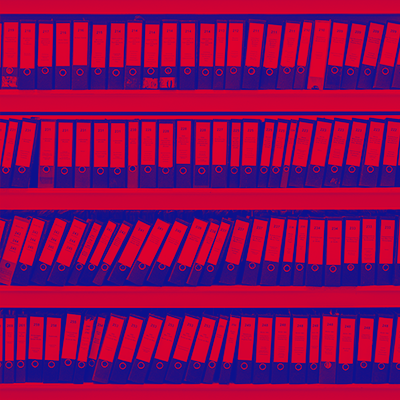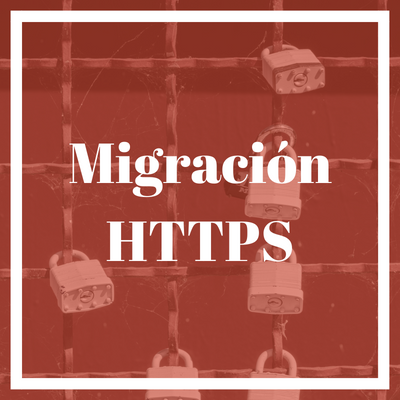HTTP/3 and QUIC, what do they mean for the web?
Find out what HTTP/3 and QUIC are, how they will improve web performance, how to tell if your website uses them and how QUIC can make the Internet faster.
- | Published on

Find out what HTTP/3 and QUIC are, how they will improve web performance, how to tell if your website uses them and how QUIC can make the Internet faster.

Learn with this post which Javascript technologies cannot run Evergreen Googlebot and what consequences it has for indexing.

Discover how shadow DOM and web components affect the indexability of pages to avoid positioning problems.

If you want to squeeze the #WPO out of your #web to the max, learn how to optimize your fonts. In this post we expose several basic optimization techniques that should always be applied, as well as other more advanced techniques that are not always advisable to apply.

Using a CDN (Content Delivery Network), is something to keep in mind when we want to improve the performance of a website, especially if we have many visits from multiple locations. But depending on how the website is programmed and the type of information it displays, we will be able to take more or less advantage of the features of this type of service.

Websites are becoming slower and slower, due to development frameworks and libraries that take up more and more space and designs that tend to seek greater visual impact. Find out how to evaluate it on your website and fix it.

We are going to study an advanced WPO technique that, when properly used, will allow us to achieve a considerable improvement in WPO metrics for users who enter our site for the first time and without affecting, or even improving, those of recurring visitors. This is one of the enhancements offered by the relatively new […]

To perform technical audits we usually resort to crawlers or SEO tools that extract the tags involved in positioning such as title, meta tags, title hierarchy tags, etc. Generally, these tools such as Screaming Frog or Ryte extract a large number of these factors, but there are many types of sites and each of them has its peculiarities.

When moving a website from HTTP/1.1 to HTTP/2, some WPO techniques become obsolete, but this does not mean that they should be discarded in all cases. Here we analyze the best course of action in each case.

Discover the problems we can encounter when we have a website where the HTML is painted on the client with JavaScript and AJAX and what we must do to ensure indexability in Google.

The HTTP protocol cache headers allow you to control how each of the file types of a web page are cached in the user’s browser. If they are used correctly, it will significantly improve the performance for the recurring users of our site, but if not, we could indefinitely and hopelessly cache content and redirects that, in reality, we want to force their update.

In this CSS optimization guide, we are going to look at what is necessary for the downloading and painting of a web page to be done optimally.

Discover in this guide, the main points to take into account when optimizing the JavaScript client code of a web site

SPA web development frameworks such as Angular, React and similar, can cause indexability problems. Here you will see what strategies have been followed to solve it until the best solution so far: Universal JavaScript.

How to manage DNS registration in a migration: Check that your website is working properly on the new hosting. Check the website on the new hosting by putting the domain in the browser. Have your domain resolve to the new IP once you have verified that the website is working properly. Modify, if necessary, the […]

What is HTTPS, is it secure, does your website need it, what should you do to contract it, and above all, do you know how to migrate to HTTPS so that it does not affect SEO? We answer these questions and many more.
